30+ Web Tools and Services to Help You Launch Your Next Big Thing

This article was created in partnership with Mekanism. Thank you for supporting the partners who make SitePoint possible.
2019 is the best year to become successful, to launch your own online or offline business, to invent a product or service, or to grow your business into a huge corporation. Because to sketch, test, build and launch that business that will become the next Uber, Instagram, or Waze is now easier than ever before.
The difference between now and previous years, is that there are now a plethora of web tools and services to help you launch your next big thing – some of them are even free! Today anybody can build a website or logo without any specialist knowledge or previous experience. With only a few hours investment, you can get amazing results. It’s a quick and affordable way to get your site or product to market.
In this article we are going to review 36 different web tools and services that are recommended by successful people. Each of them will save you time and money, or help improve your business and workflows, so you can get on with launching and scaling.
Key Takeaways
- Leverage Cutting-Edge Tools: Utilize platforms like Creative-TIM and Brizy to save time and enhance the quality of web and mobile applications with pre-coded UI tools and user-friendly site builders.
- Boost Online Presence Quickly: Tools such as Tailor Brands and 48HoursLogo offer rapid solutions for creating logos and branding, enabling businesses to establish a professional image swiftly.
- Streamline Development and Design: Codester and NameQL simplify the process of finding essential resources like scripts and domain names, significantly speeding up project timelines.
- Enhance Website Functionality and SEO: Incorporate plugins like RankMath and Schema to improve SEO, and use WordPress themes like Total to easily build attractive, functional websites.
- Optimize Business Operations: From mobile app solutions like MobiLoud to comprehensive business management tools like actiTIME, these resources help businesses streamline operations and increase efficiency.
1. Creative-TIM – Premium Bootstrap Themes and Templates
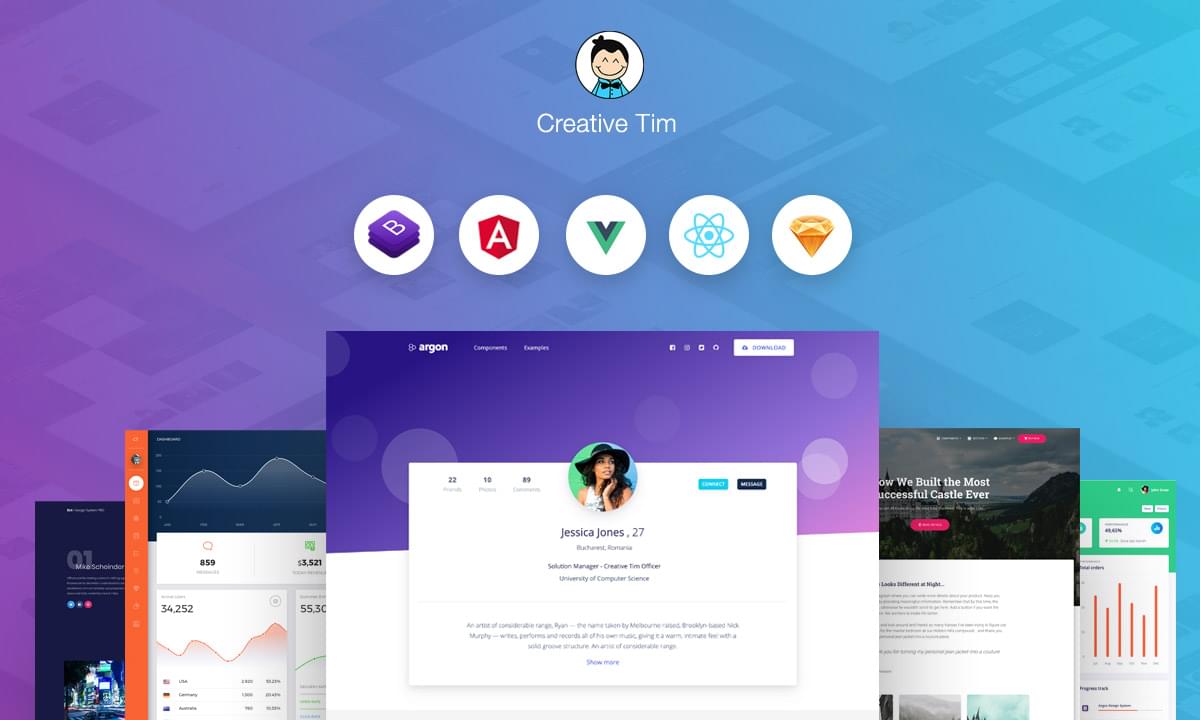
Creative Tim is the perfect place where web designers and web developers can find fully coded UI tools to help you build web and mobile apps. With over 750.000 users, Creative Tim offers UI Kits, Dashboards and Design Systems.
All the development is made on top of Bootstrap 4: Vuejs, Angular, React, React Native. Using these tools will save developers and designers hours of work since the products already contain a large number of components and are packed with all the plugins that you might need on a project. Everything used to create the products can be downloaded for free under the MIT License.
For people with many upcoming projects, Creative Tim offers 6 Bundles at special prices, to encourage developers to save precious time and to trust the quality of their projects. Last but not least, Creative Tim’s products are used not only by thousands of freelancers and developers but by top companies like NASA, Cisco, IBM, and Amazon.
Check out their website and find the product that matches your needs. Pricing: Free to $249
2. Brizy – Innovative Site Builder
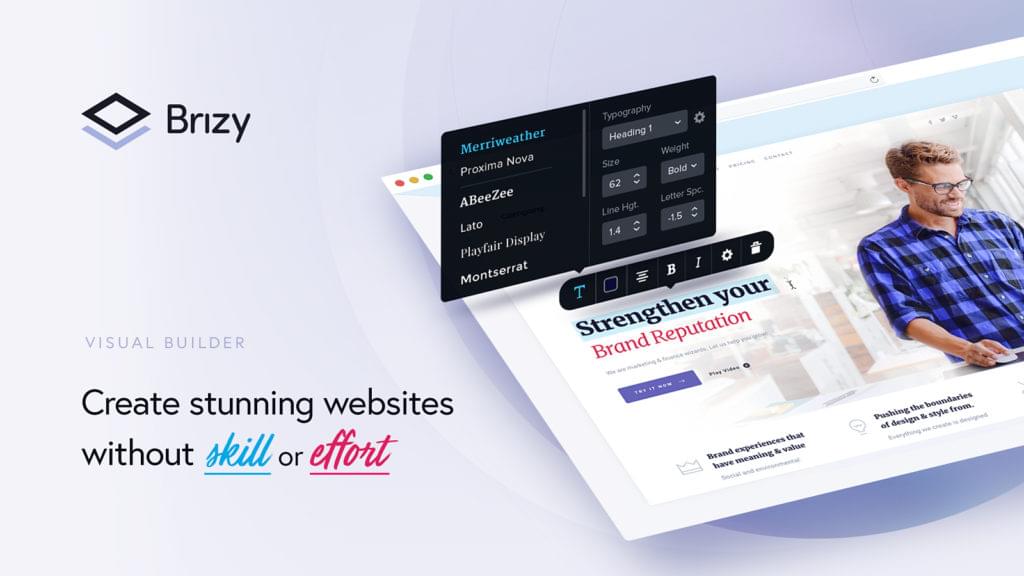
Brizy is the most user-friendly visual page builder in town! No designer or developer skills required. The only tools you’ll need to master are clicks and drags.
Brizy can be used two ways. One is to download the WordPress plugin and use it as such, and the next one is the Cloud platform where you can create landing pages in minutes. From hosting to domain setups Brizy handles everything. Brizy Cloud is included with any Brizy PRO plan.
Creating a powerful, fully functional website is extremely easy with Brizy and anybody can do it without having any designer’s skills or writing a single line of code. This website builder has the most powerful features included, both for the free and paid plans. The free account will bring you premium features that you have to pay for on other website builders. At Brizy, these features are free.
Build a free website with Brizy today, the process is very fast and intuitive.
3. Tailor Brands

Tailor Brands is a revolutionary online logo and branding platform that will help you design your logo in seconds. It has over 10 million users and counting, and it was used to create over 400 million designs. Every second 1 a new design is made via it.
This AI-powered online logo maker platform does not use pre-made logo templates. Every design is uniquely crafted to match your business and brand personality perfectly. You don’t need to have any design skills or special knowledge, it is super simple to use and extremely fast.
Write down the logo name you want, make a few selections from the options provided by Tailor Brands and you will get a number of designs to choose from.
4. 48HoursLogo – Affordable Logos Done Fast
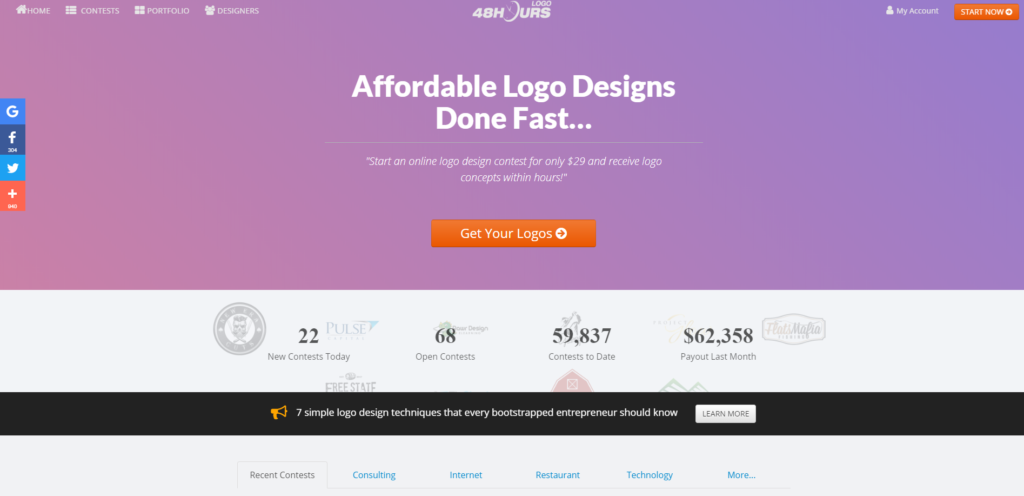
48hourslogo is a fast, easy and very affordable logo crowdsourcing website that has created over 3 million logos. With contest prizes starting at just $99, more than 40,000 small businesses and entrepreneurs have used this amazing logo design service to get gorgeous and creative designs.
After launching your logo design contest at 48hourslogo, your project will go through 3 stages before arriving at your final design. The qualifying stage: the contest is open to all registered designers and they will submit multiple logo concepts for you to choose from. The design revision stage: at the end of qualifying stage, you will be prompted to select up to 3 finalist designers to enter the “design revision stage”. And at the end, the finalizing stage: after selecting your contest winner, you will work with your winning designer on finalizing your design, (you can still request small changes and tweaks to your winning logo).
Start a logo design contest using 48hourslogo.
5. Codester
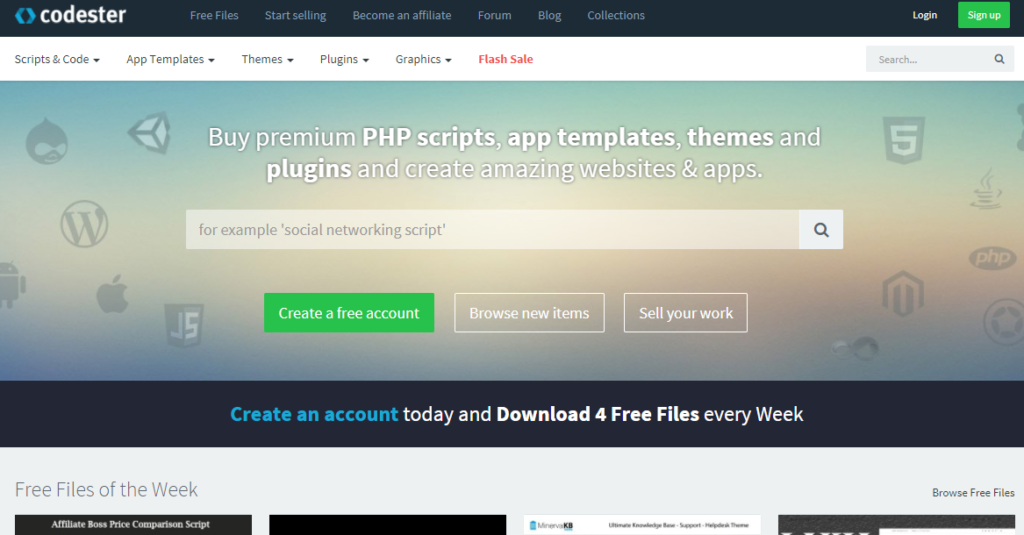
Codester is a huge marketplace where web designers and web developers will find tons of premium PHP scripts, app templates, themes, plugins and much more.
Always check the Flash Sales section where hugely discounted items are being sold.
Browse Codester and pick the items you need.
6. NameQL

NameQL helps you find a great name. It considers thousands of potential names in milliseconds and shows you the best ones that are still available for purchase as [name].com. It’sa huge time saver whenever you are looking for a new website domain name.
7. SeekVisa

Australia is a great destination to live and work, with developers, software engineers and user experience/user interface designer in high demand. If you’re considering immigrating to Australia, you can discuss with SeekVisa, who are migration experts.
Australia’s Employer Nomination Scheme (ENS) enables Australian employers to sponsor highly skilled workers to live and work permanently in Australia. This is the quickest way for IT developers to immigrate to Australia. Contact Seekvisa to determine your eligibility.
8. MobiLoud
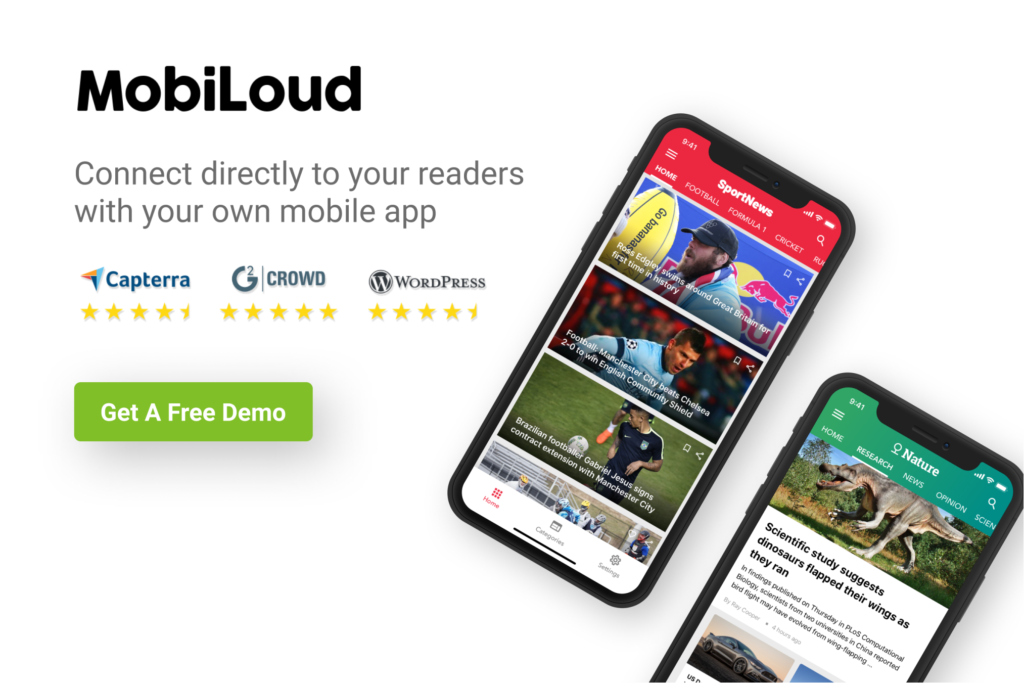
Publishers are seeing up to 90% of their traffic coming from mobile. Mobile apps give readers the experience they want and let publishers increase engagement, traffic, and revenue.
With fast loading times, your app encourages loyalty and repeat visits. With push notifications, it brings people back again and again. Your icon is a constant reminder of your brand and content.
MobiLoud is the best solution for news mobile apps built on WordPress. They will publish and maintain your custom app, with push notifications, advertising and subscriptions, all at a fraction of the time and cost of traditional app development.
9. Total WordPress Theme
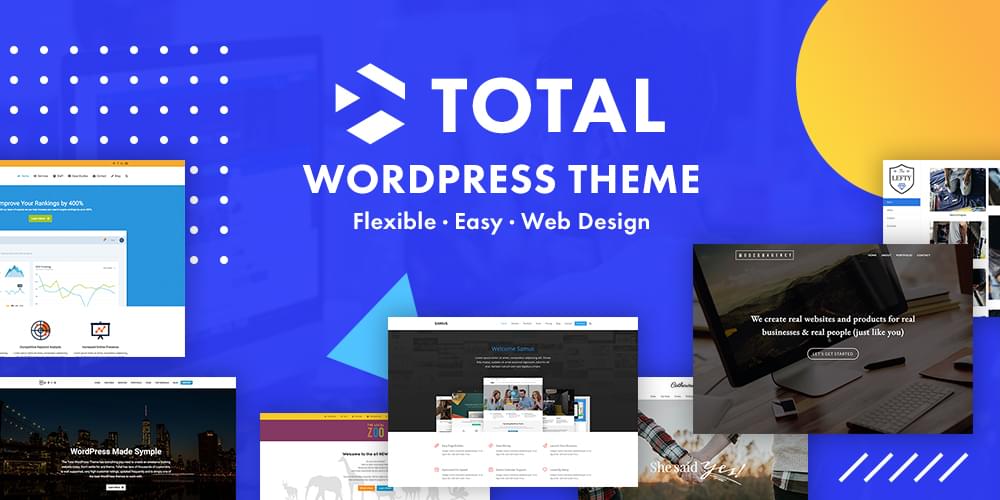
Total is a complete WordPress theme with a bundled page builder and easy to use settings so you can create stunning WordPress powered websites with ease. With just a few clicks you can import your demo of choice and then tweak it to fit your needs. All demos make use of core Total features and are 100% optional you can choose to start from scratch if you prefer.
10. RankMath
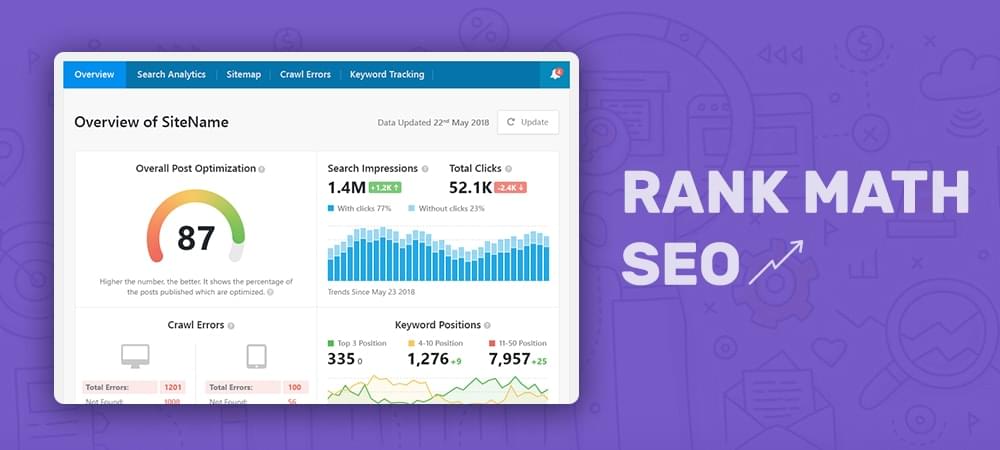
Rank Math is the most powerful WordPress SEO plugin on the market, being highly advanced, yet super simple to use and autonomous. You configure it in a few simple steps at the start and then Rank Math is doing its job, so your website will rank higher in search engines.
11. Schema

Schema is the fastest loading, ultra-SEO friendly WordPress theme. Featuring all the best MyThemeShop features, including the custom options panel, all the shortcodes and widgets, and a pixel perfect design,.
Schema also includes rich snippets in order to help engines search your site and rank you higher.
12. WebResourcesDepot
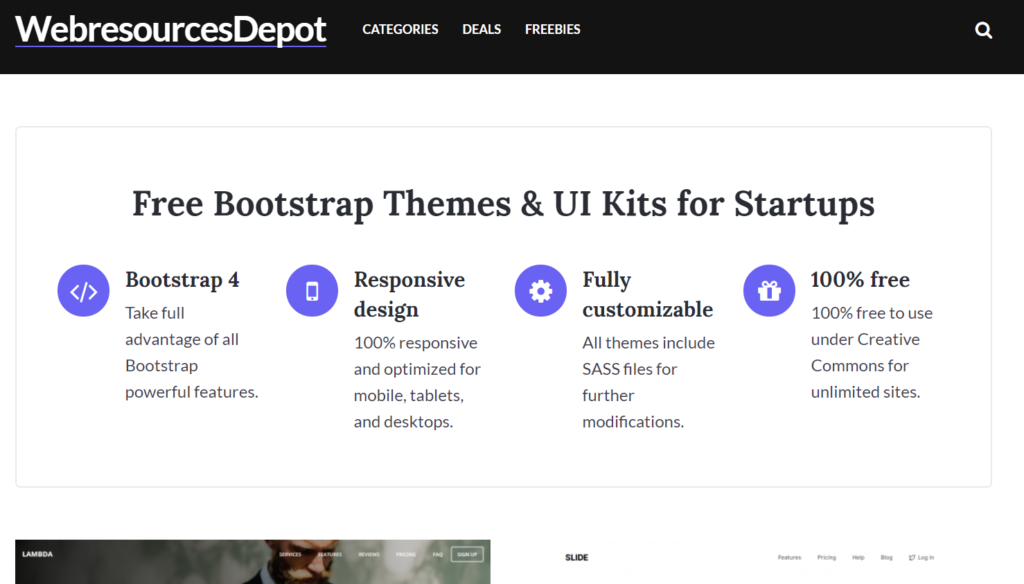
WebResourcesDepot is well known in the market for providing free bootstrap themes and UI kits for startups. The quality of the products is outstanding, usually not found in other free products.
Browse this website and pick what you need.
13. ArchitectUI Dashboard Vue PRO
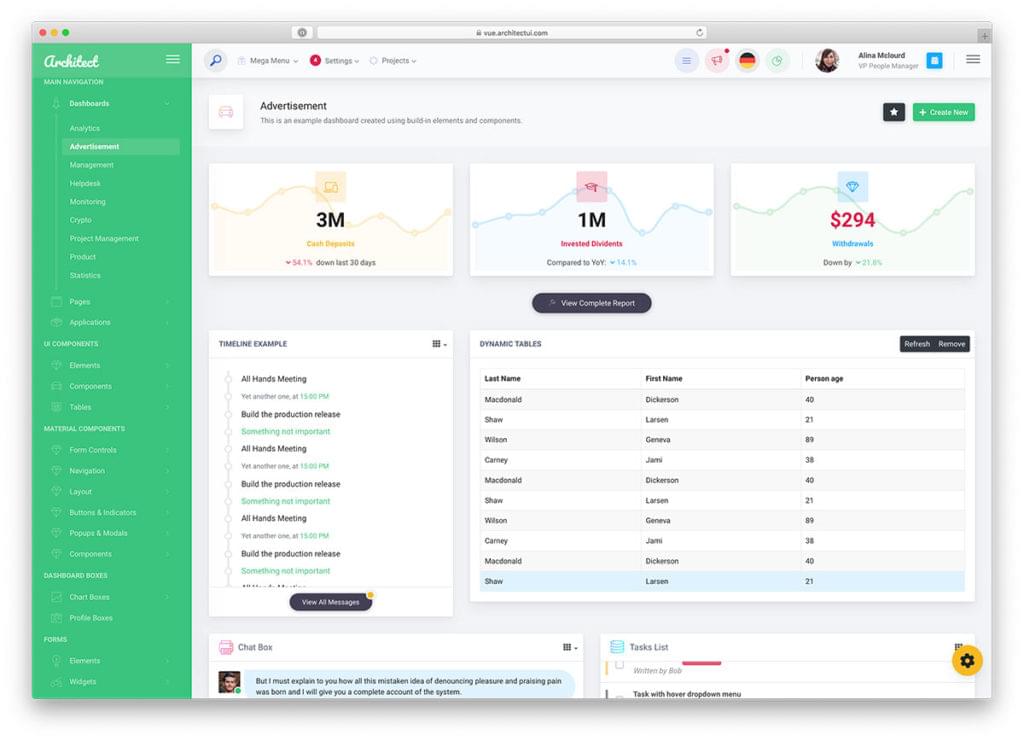
ArchitectUI is a complete and gorgeous dashboard App Kit built with Vue.js & Bootstrap 4. It contains over 50 handpicked Vue widgets and components that are perfectly integrated with each other in order to create a common design language. In order to use this Vue theme you’ll need at least basic coding skills. Don’t worry, the theme has straight forward coding and uses Vue Router for the navigation links.
14. Format – Free Website Template Using Bootstrap For Portfolio
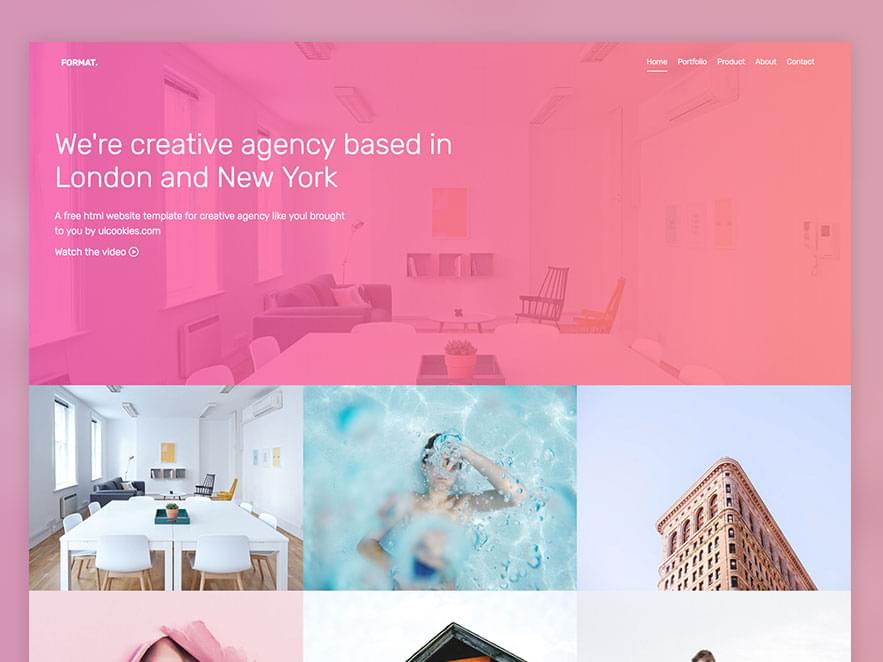
Format is a creative, clean, modern, and free website template that you can use for your next portfolio project. If you need a template as a designer, freelancer, agency, web studio, Format is perfect for you! It features pop up videos, smooth overlay for portfolio, and animations upon scrolling.
Check it out now!
15. Raptor
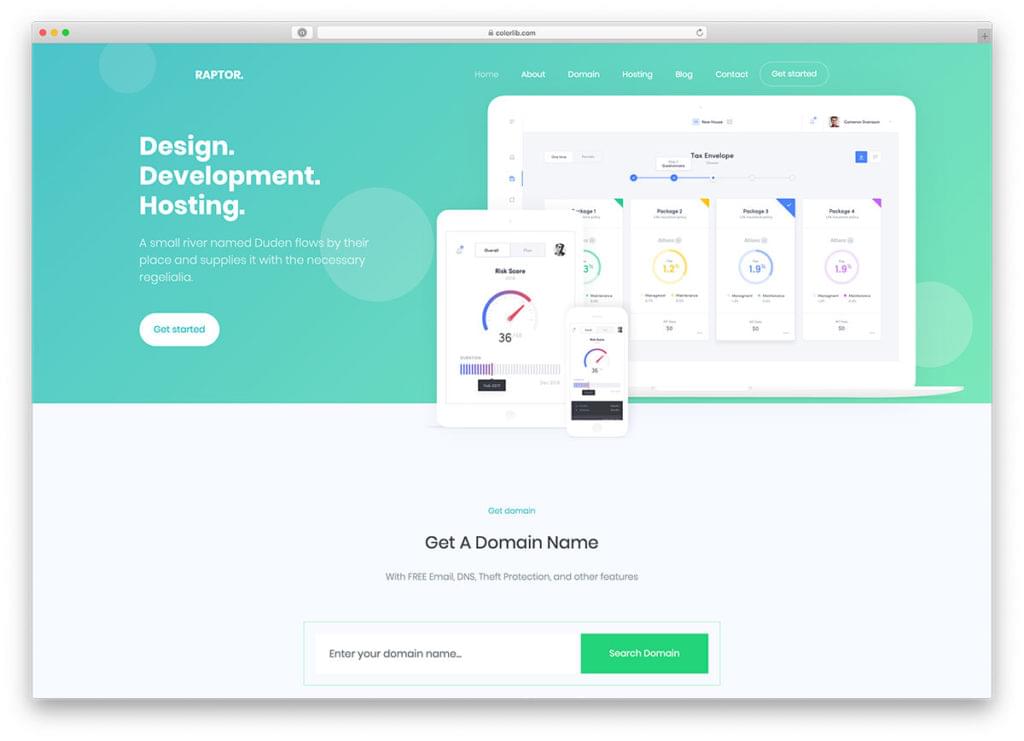
Raptor is a responsive, flexible and adaptable free web hosting website template that will help you launch your web site quickly and efficiently. Just go with the available and ready-to-use materials and you can have your page up and running in close to no time. Otherwise you can also customize your page and enhance the look and make Raptor follow your branding to the T.
16. Unlayer – Email template builder

Unlayer is the perfect email template builder for SaaS and CRMs. It seamlessly embeds in your web applications and lets your customers create beautiful mobile-ready emails or landing pages right from your app.
Unlayer has combined many pre-designed tools which your users will be using to create awesome content from inside your application. HTML code produced by Unlayer editor has been tested on tools like Litmus, and Email on Acid. Your content will look great on all devices, and all clients.
17. MailMunch – Newsletter Templates
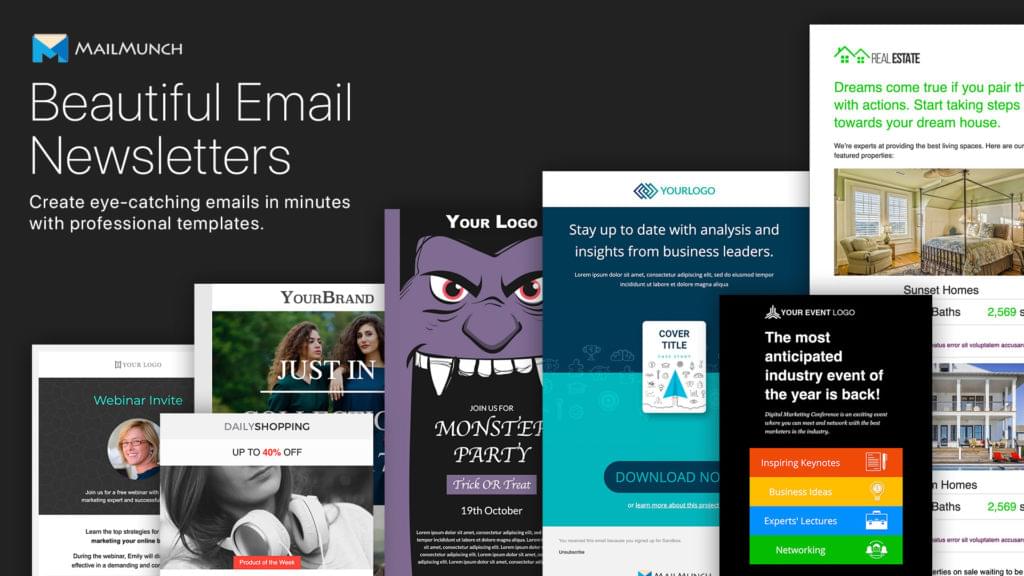
MailMunch is the fastest growing email marketing platform on the market where you will find lots of beautiful pre-designed newsletter templates to choose from, a powerful and simple to use drag n drop email and WYSIWYG builder, and much more.
Create eye-catching emails in minutes with the professional included newsletter templates
18. actiTIME
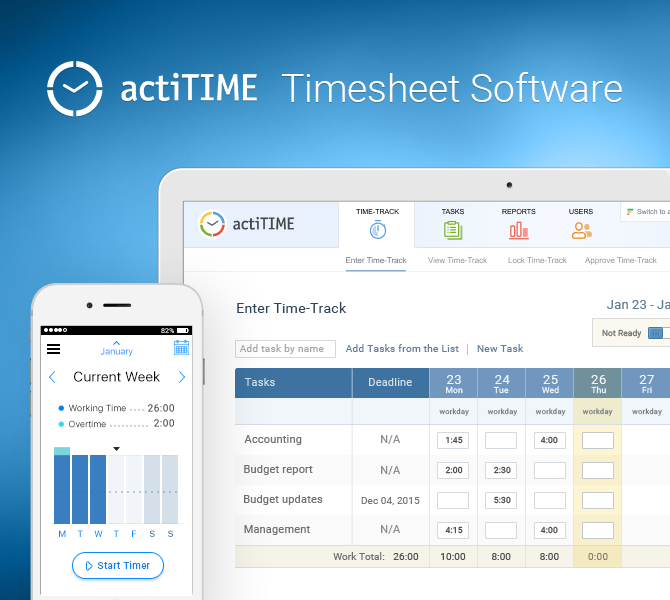
actiTIME is the most popular timesheet software on the market that you can use to create project scope, assign work to your team, record work hours and keep everything on track with the insightful data. This software is a great fit for all kind of users and companies, including huge names like Accenture, Dell and Xerox.
Try all features of actiTIME Online timesheet for free for 30 days.
19. 8b Website Builder
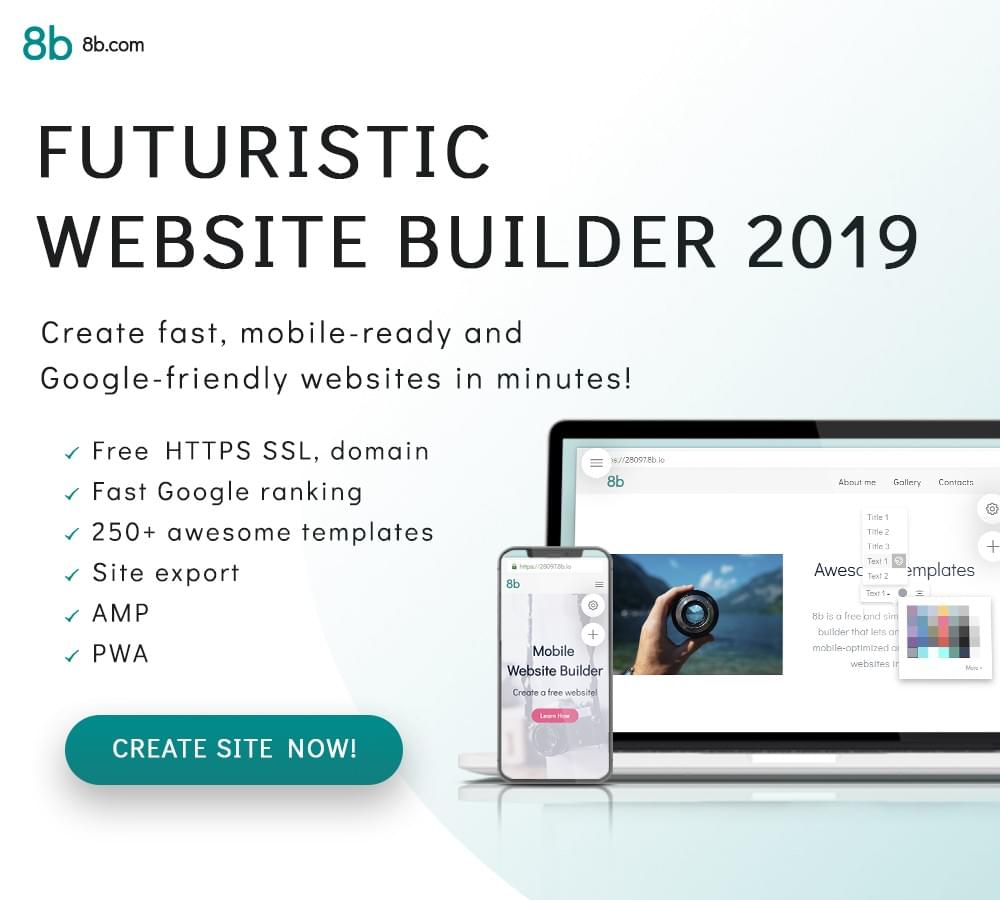
8b is a free and simple online website builder that lets anyone create fast, mobile-optimized and Google-friendly websites in minutes, without having any programming knowledge or previous experience. Pick one of the 250 awesome templates and start building your website.
20. Content Snare
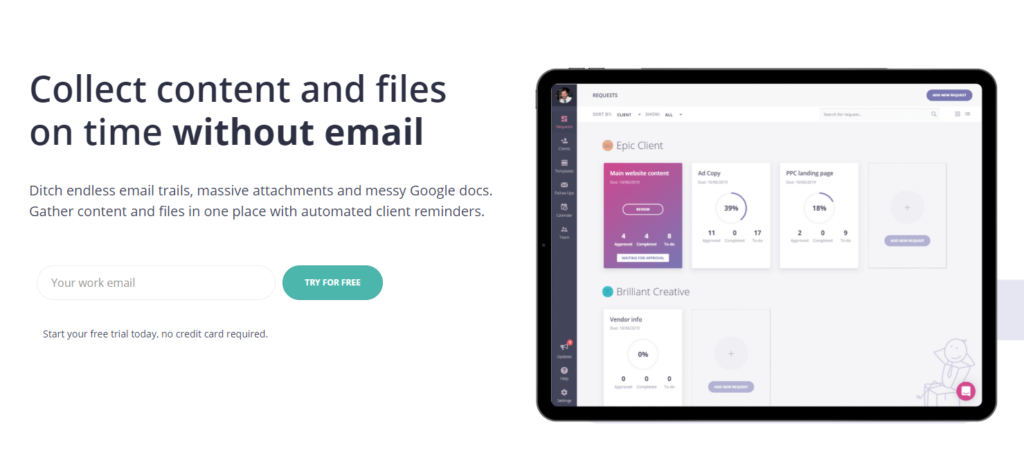
Content Snare is a powerful and popular content gathering tool that helps digital agencies get website & marketing content from their clients on time, in the right format, all without email.
Pricing starts at $24 / mo – billed yearly – and included are lots of features and options, including unlimited requests and clients.
Start your free trial today.
21. Work Examiner
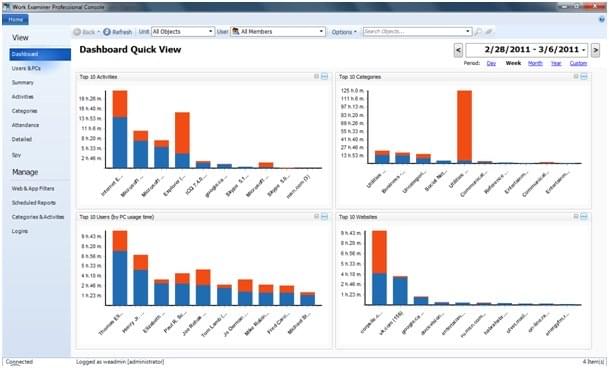
Work Examiner is the most popular internet tracking software on the market. You can use it to increase productivity, prevent data theft, improve efficiency and greatly help the HR management. It is super simple to use, you don’t need any special skills to master Work Examiner.
Start a 30-day free trial and see this software in action.
22. Logaster
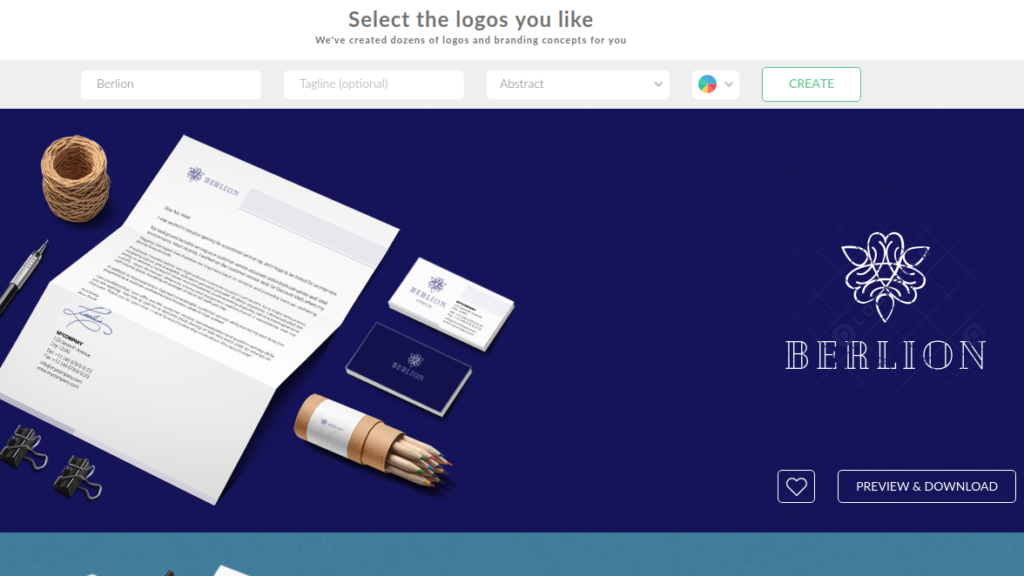
Logaster is a great logo generator that can also help you with brand identity, it’s super simple to use, fast and effective. Creating a brilliant logo with this AI driven platform is easy. You write down your company logo, you add a tagline and a symbol if needed, and then Logaster will show you hundreds of potential designs for you. You pay only when you find what you are looking for.
23. WrapPixel
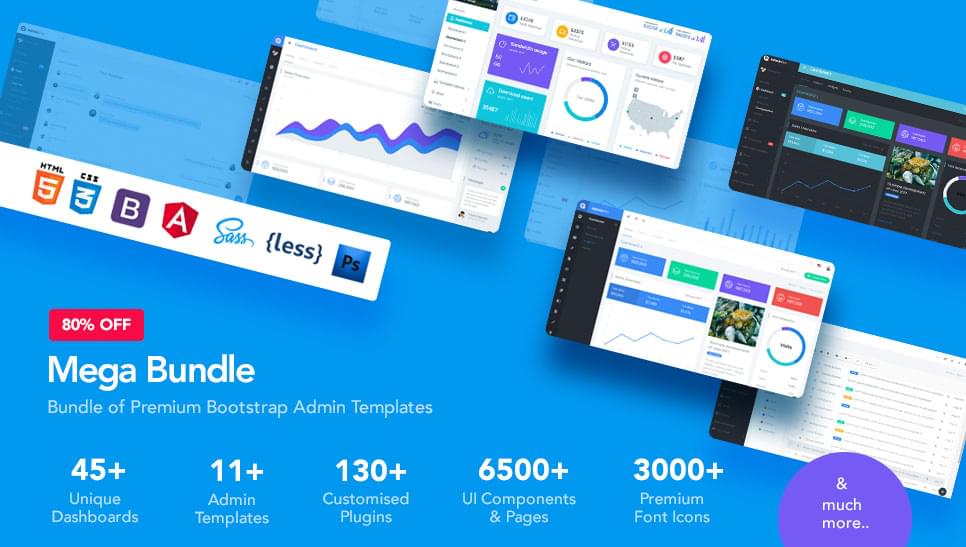
With over 150,000 happy customers, WrapPixel is a popular provider of free & premium Bootstrap, Angular & React Admin Templates + UI Kits.
The Mega Bundle contains over 45 unique dashboards, 11 admins templates, 130 customized plugins, 6500 UI Components & Pages, 3,000 premium font icons and much more.
Get the Mega Bundle for $79 ( single use).
24. Pixpa

Using Pixpa, anybody can create a gorgeous website, store, blog or client gallery. You don’t need to have any programming or special skills to use Pixpa, it’s super simple and you can do it in less than 1 hour.
25. SteadyWP – WordPress maintenance service

SteadyWP is a very popular WordPress maintenance service that will take care of your website. Let professionals do the security checks, daily backups, updates, and more.
Price: $35/month or $350/year
26. HelpJet
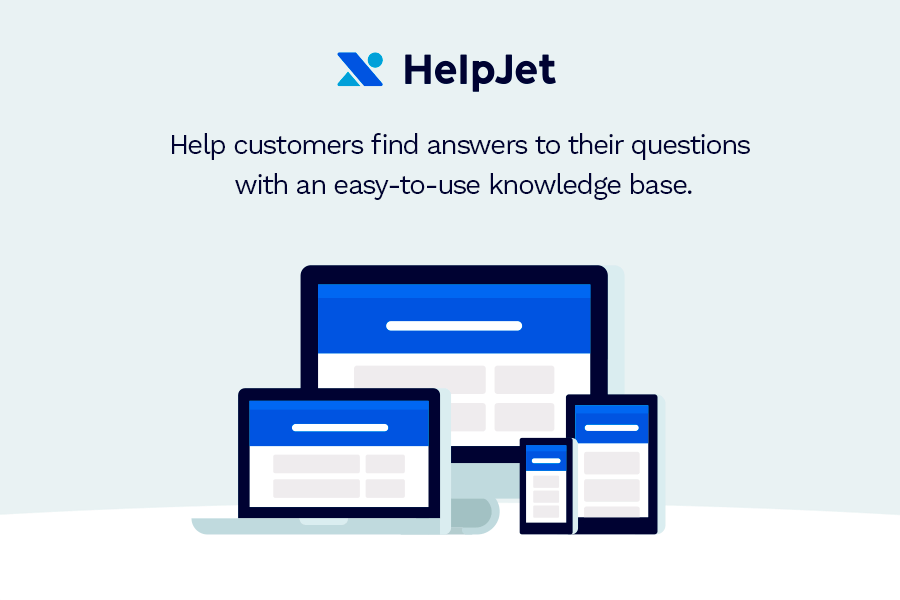
HelpJet is a professional and easy to use knowledge based software that will automate your customer support. Help customers find answers to their questions with an easy-to-use knowledge base. You need 0 skills or previous experience to install and use HelpJet.
Start your free HelpJet trial.
27. ForumPress – WordPress Forum Theme
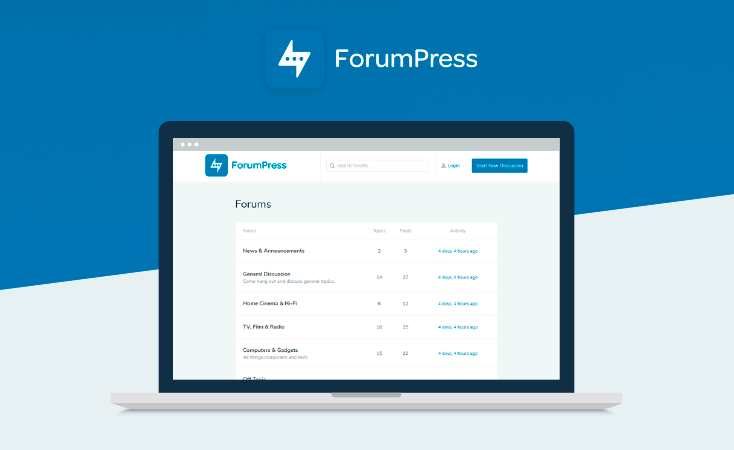
ForumPress is the perfect WordPress Forum Theme for your online community forum. ForumPress is a fully featured bbPress forum theme for WordPress that works and looks excellent. It is focused on design and functionality, it has multiple forum support (Have multiple forums on your site. Manage topics, conversations and replies with ease.) and much more.
Now you can create an online forum with WordPress and it’s easier than ever.
28. Gorgias – Top Shopify App
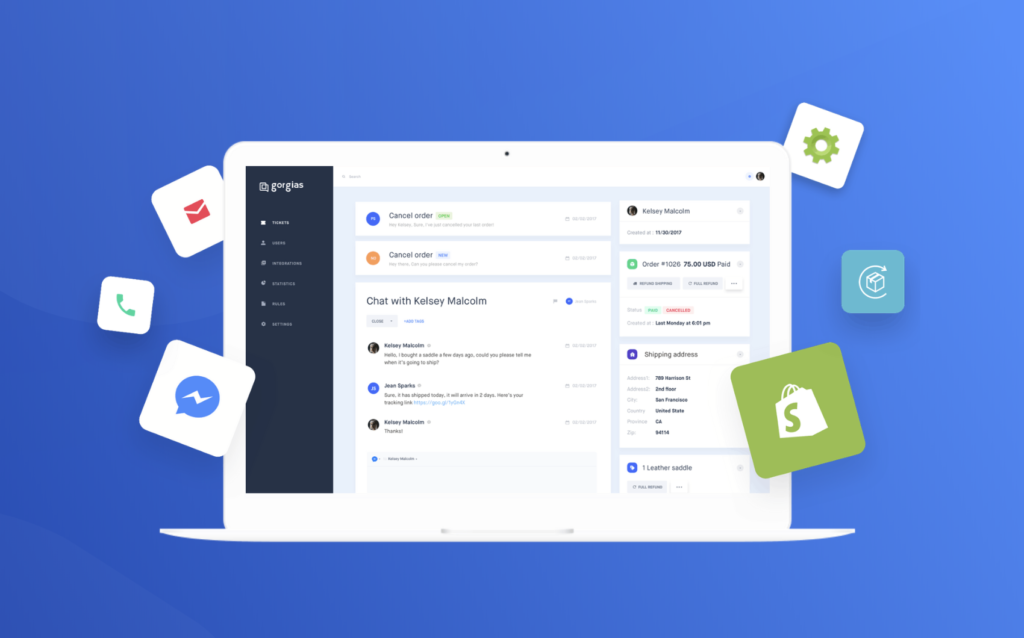
Gorgias is the first customer service app built for Shopify and it looks remarkable. Respond to customers across all channels using this simple app. Get order info, delivery status and more from Shopify, Shipstation, Recharge & dozens of other apps, everything from one dashboard.
29. InvoiceBerry
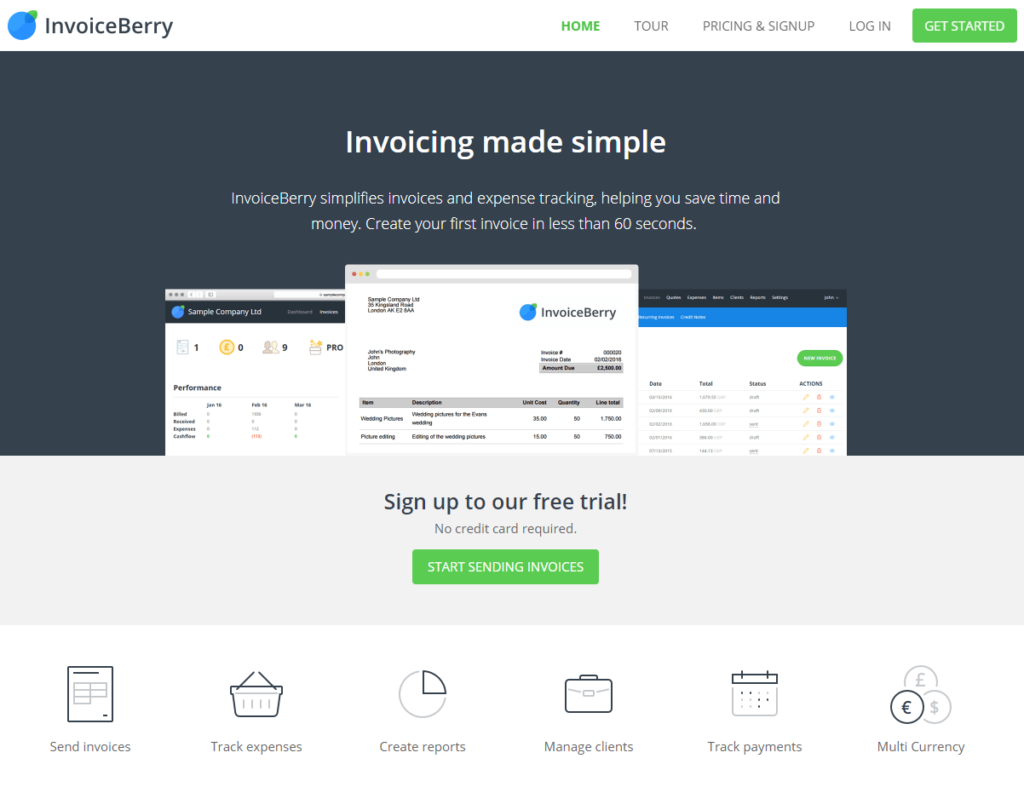
InvoiceBerry is a professional and simple to use invoicing software that you can use to create and send a fully customized invoice in less than 60 seconds. With it you can track expenses, create reports, manage clients, track payments and much more.
Sign up for the free trial, no credit card required.
30. Goodiewebsite

Meet Goodiewebsite, the platform connecting designers, agencies, and developers directly with web developers. The services’ quality is guaranteed by a company with over 12 years of experience and the competitive price is achieved thanks to the process’s optimization.
Goodie is the best match for a front-end development (“design to code conversion”), simple, yet robust WordPress websites and email templates.
31. Bonsai – Freelance Invoice
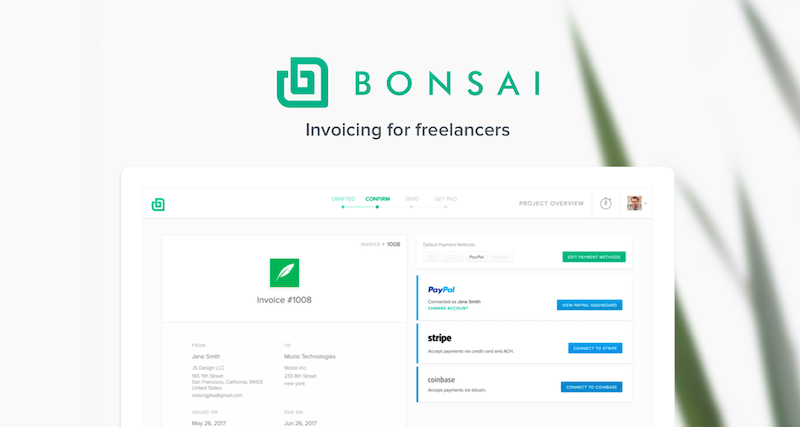
Bonsai is a popular suite of software dedicated to freelancers where they can create & customize smart invoices in seconds or generate them automatically from any proposal, contract or time sheet; track activity and payments; automate reminders and much more.
Try Bonsai for free.
32. RumbleTalk
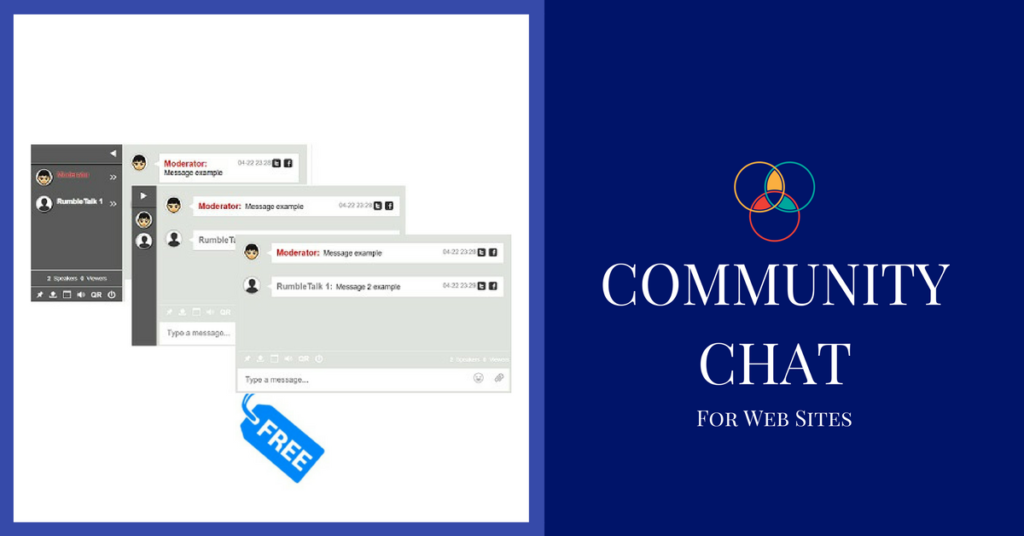
With over 570,000 chats created so far, Rumble is by far the most popular community chat solution for websites.
Easily create an online group chat for communities and live events or provide a direct private messaging chat for online experts and advisors. No need to have any programming skills or special knowledge.
33. Fotor
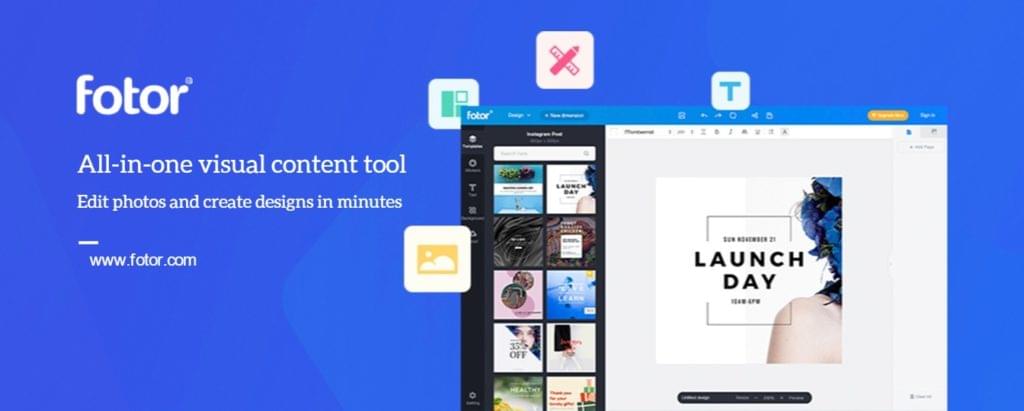
Powerful, user-friendly and globally accessible, Fotor is an online photo editing suite, using exclusive technology to bring an unprecedented level of editing control to anyone and everyone. While the ‘collage’ and ‘edit’ features are already enjoyed by millions of users, daily, the new ‘design’ feature gives the common user the ability to design any form of graphics and cover, limited only by your imagination.
34. FreelanceLogoDesign
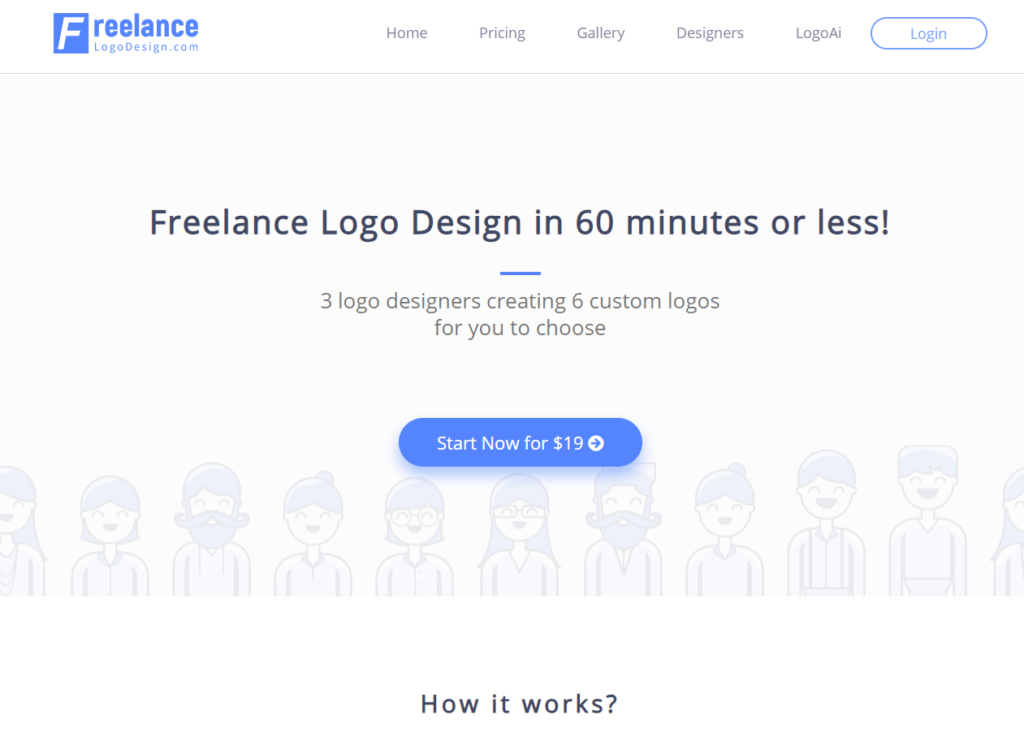
FreelanceLogoDesign is a powerful platform where you can launch your own logo design contest in a couple of minutes and let real designers compete on your project. In 60 minutes or less there will be 3 logo designers creating 6 custom logos for you to choose from.
Start now for $19.
35. Icons8 Design Assets
Icons8 is a one-stop resource to get lots of free design assets: over 90K of icons in different styles; vector illustrations for UX screens and pages; a big library of stock photos by pro photographers; Photo Creator to make realistic photo collages and Lunacy Editor that’s Sketch for Windows users.
36. Rhodos

If you are looking for a ready-made WordPress solution to create a minimalist business and portfolio website, then Rhodos can be a perfect choice for you. A mobile-friendly layout of the theme will present your law firm, financial company, accounting services or other topic-specific websites remarkably on all screen sizes.
Frequently Asked Questions (FAQs) about Web Tools and Services
What are the key features to look for in a web tool or service?
When choosing a web tool or service, consider its functionality, ease of use, cost, and customer support. The tool should have features that align with your specific needs, whether that’s project management, SEO optimization, or website design. It should be user-friendly, with an intuitive interface that doesn’t require extensive technical knowledge. Cost is another important factor; some tools offer free versions, while others require a monthly or annual subscription. Lastly, look for a tool with reliable customer support to assist you when issues arise.
How can web tools and services enhance my online business?
Web tools and services can significantly enhance your online business by automating tasks, improving efficiency, and providing valuable insights. For instance, SEO tools can help improve your website’s visibility on search engines, while project management tools can streamline workflow and enhance team collaboration. Analytics tools can provide data on customer behavior, helping you make informed business decisions.
Are there free web tools and services available?
Yes, there are numerous free web tools and services available. However, these often come with limitations, such as restricted features or usage limits. For more advanced features or unlimited usage, you may need to upgrade to a paid version.
How secure are web tools and services?
The security of web tools and services varies. Reputable providers prioritize user security, implementing measures like encryption and two-factor authentication to protect user data. However, it’s crucial to read the provider’s privacy policy and terms of service to understand how your data is handled.
Can I use multiple web tools and services simultaneously?
Yes, you can use multiple web tools and services simultaneously. In fact, many businesses use a combination of tools to meet their diverse needs. However, ensure the tools are compatible and can integrate seamlessly to avoid workflow disruptions.
How do I choose the right web tool or service for my needs?
To choose the right web tool or service, first identify your specific needs. Then, research various tools that meet these needs, considering factors like features, cost, user reviews, and customer support. You can also take advantage of free trials to test the tool before committing.
Do I need technical skills to use web tools and services?
While some web tools and services require technical skills, many are designed to be user-friendly and require minimal technical knowledge. However, having basic digital literacy can enhance your experience with these tools.
How often are web tools and services updated?
The frequency of updates varies among providers. Some update their tools regularly to introduce new features, improve functionality, or fix bugs. It’s important to choose a provider that maintains and updates their tools regularly to ensure you’re getting the best service.
Can web tools and services help with SEO?
Yes, there are many web tools and services specifically designed to help with SEO. These tools can assist with keyword research, backlink analysis, content optimization, and more, helping improve your website’s search engine ranking.
What is the difference between web tools and web services?
Web tools are software applications used to perform specific tasks online, such as website design or project management. On the other hand, web services are systems that allow different software applications to communicate and exchange data over the internet.

Published in
·Design·Design & UX·Photography & Imagery·Photoshop·Resources·Review·Typography·UI Design·September 5, 2017






